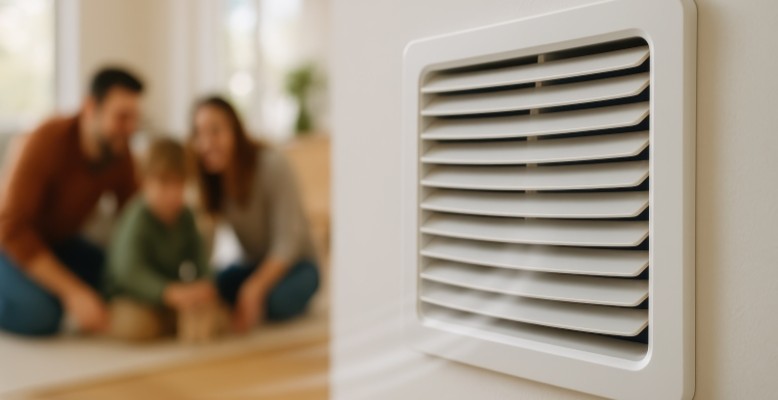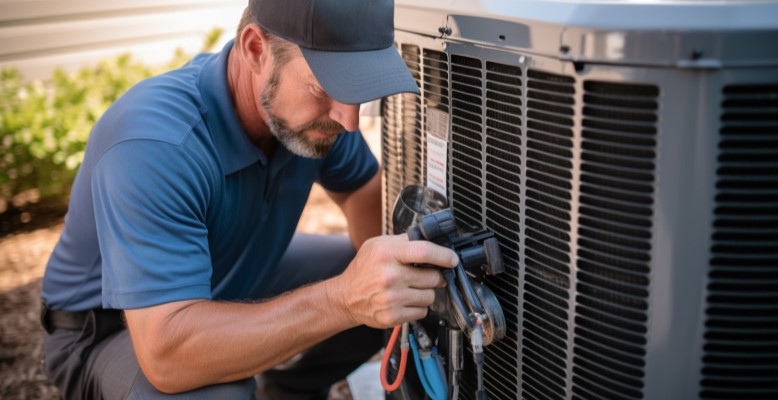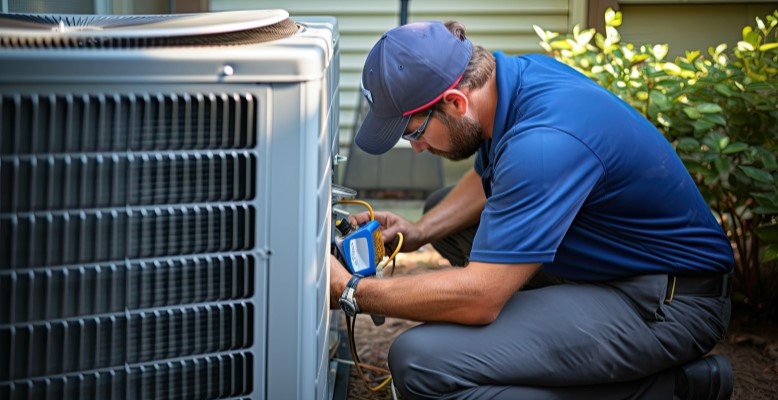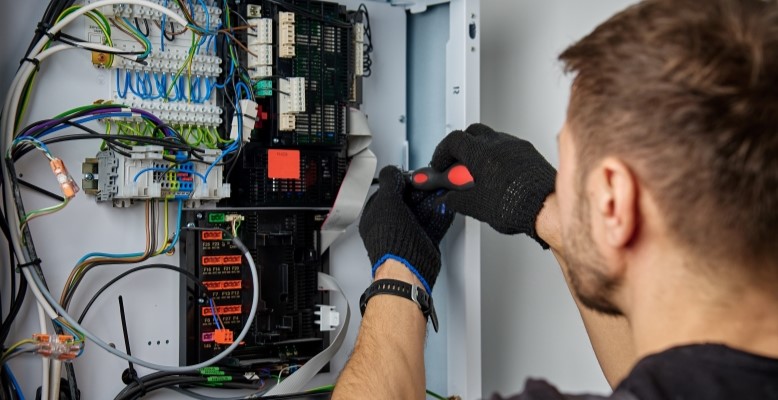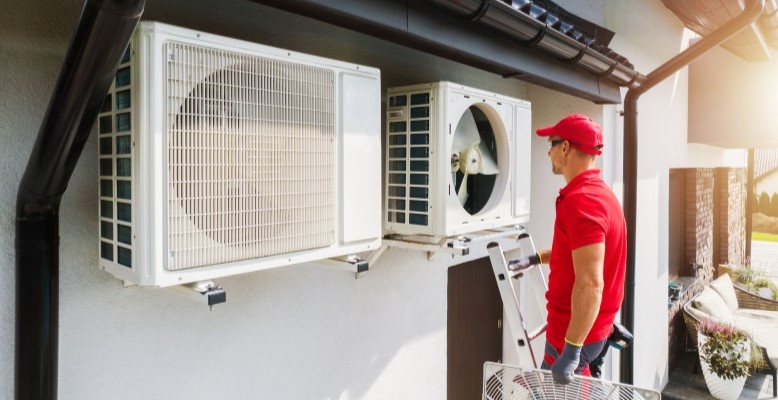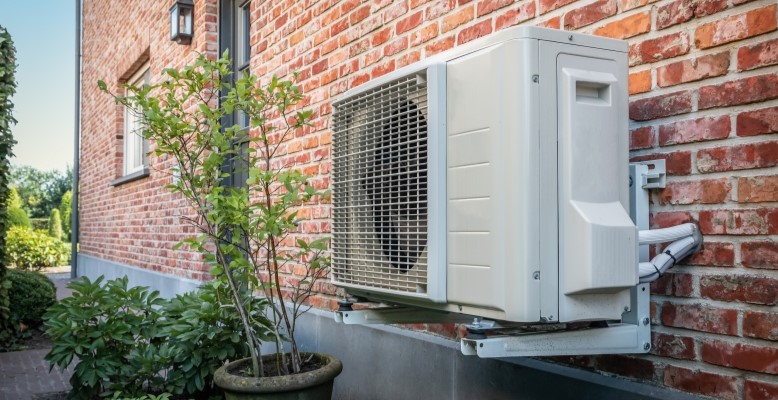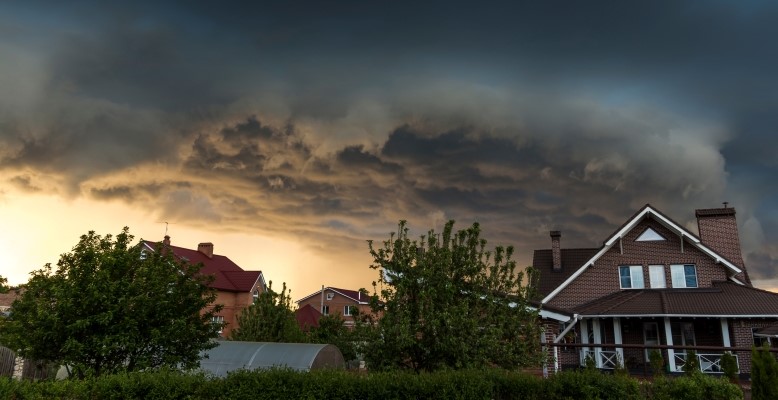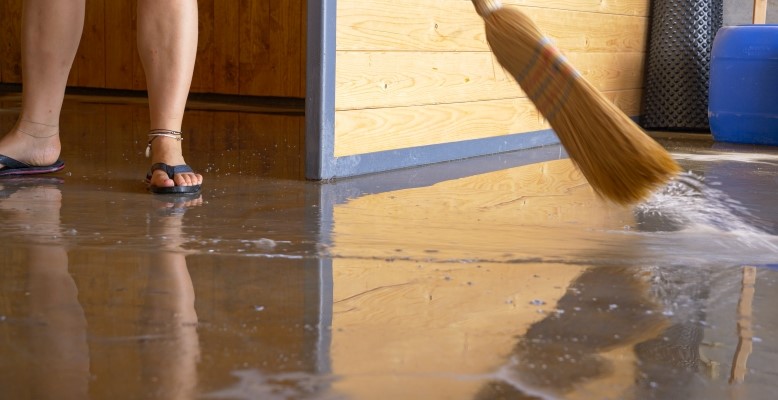Published on October 28, 2025 by: alhhvac
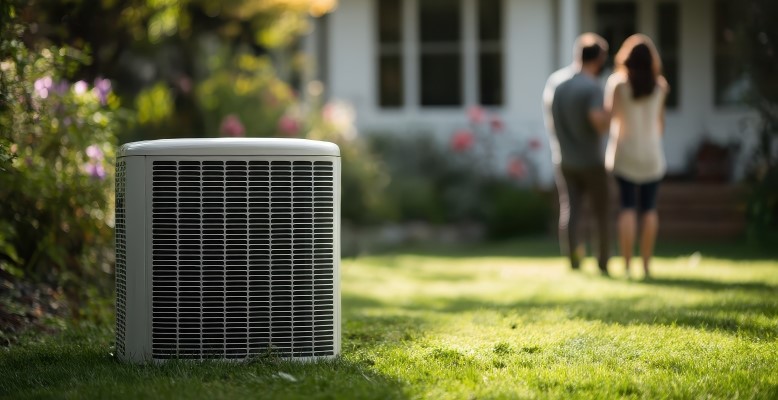
Protect Your Atlanta Home with HVAC Inspections
Without proper care and maintenance, HVAC systems can be a source of serious safety risks. One of the most dangerous problems is carbon monoxide, a colorless, odorless gas that can lead to serious health problems. Understanding the link between HVAC and carbon monoxide is crucial.
Atlanta’s trusted HVAC experts at ALH explain how HVAC systems can cause carbon monoxide, what causes leaks, and how inspections can prevent them before they strike. We also cover how ALH protects local homeowners from HVAC carbon monoxide problems with professional maintenance, inspection, and installation solutions.
How HVAC Systems Can Cause Carbon Monoxide
Carbon monoxide (CO) is generated whenever fuel is burned. Any HVAC system that runs on natural gas, propane, or oil has the potential to produce it. Electric HVAC units, on the other hand, do not create carbon monoxide since they do not rely on combustion.
When a combustion-based HVAC system is functioning properly, gases are directed outdoors through flues or vents. If there is a problem with the equipment, though, carbon monoxide can escape into your home. Typically, most carbon monoxide leaks are caused by issues with combustion or with the ventilation system that is supposed to carry gases outside.
Unfortunately, even a small malfunction can cause dangerous levels of carbon monoxide to accumulate inside of a home. Even worse, carbon monoxide has no smell, taste, or color, so it is hard to detect without an HVAC carbon monoxide detector.
What Causes HVAC Carbon Monoxide Leaks
Generally speaking, HVAC carbon monoxide leaks stem from a faulty system or bad ventilation. These problems can develop slowly over time, which is why many homeowners don’t realize there is an issue until it becomes dangerous. Read in detail about what causes HVAC carbon monoxide leaks below.
Cracked Heat Exchangers
Heat exchangers separate the hot combustion gases generated by an HVAC system from the clean air that circulates through your home’s ducts. However, when cracks, dents, or fissures develop in a heat exchanger, gases can leak directly into your home’s airflow. This issue typically appears in older units or systems that suffer from a lack of consistent maintenance. A cracked heat exchanger can turn into a carbon monoxide HVAC problem if left unchecked.
Blocked or Damaged Vents
Your HVAC system relies on a network of vents, chimneys, and flues to carry combustion gases outside of your home. If these passageways are blocked by animal nests, leaves, rust, or snow, gases can’t escape your home’s ventilation system and can back up into your living space. Thankfully, regular, dedicated care from expert professionals ensures venting systems are clear and in good condition before temperatures drop and the heating season begins.
Incomplete Combustion
Furnaces and other combustion-based HVAC systems need the right balance of fuel and air to burn efficiently. An often overlooked cause of HVAC carbon monoxide problems is incomplete combustion. Incomplete combustion occurs when one or more problems offsets the balance of fuel and air within the system. Our team finds that dirty burners, misaligned components, or restricted internal airflow are the most common causes of combustion issues. Over time, incomplete combustion will produce higher levels of carbon monoxide, potentially leading to a leak in the future. The risk of carbon monoxide exposure grows with every heating cycle.
How Inspections Prevent Carbon Monoxide Leaks
Regular inspections are the best defense against hidden problems inside your HVAC system. The right professional will look over your equipment and catch small issues before they turn into dangerous carbon monoxide leaks. Below are a few ways inspections prevent carbon monoxide leaks.
Professional Testing
One of the first steps in a carbon monoxide inspection is testing the air around your HVAC system. Technicians use handheld meters and HVAC carbon monoxide testers to check for gas in and around the furnace, flues, and ducts. Even low levels can be a red flag that something inside the system isn’t working as it should. These tests are quick, precise, and give you peace of mind that your system is operating safely.
Ventilation and Flue Checks
An inspection also covers the system’s exhaust pathways. Chimneys, flues, and vent pipes must stay clear and firmly connected for combustion gases to exit safely. If a vent is loose, rusted, or blocked, carbon monoxide can be pushed back into your home. Checking these connections each year is a simple way to prevent a serious problem.
Heat Exchanger Inspection
The heat exchanger is the barrier between combustion gases and the air circulating through your home. If it cracks or rusts, carbon monoxide can leak directly into the airflow. Damage isn’t always visible to the homeowner, so a technician’s inspection is the only reliable way to know if the exchanger is safe.
Preventive Maintenance
A yearly maintenance visit helps prevent carbon monoxide leaks before they start. Cleaning burners, checking ignition systems, and making sure the furnace is burning fuel properly all reduce the chance of incomplete combustion. This routine care not only makes your system safer but also improves efficiency and extends its lifespan.
How ALH Protects Atlanta Homeowners From Carbon Monoxide
At ALH, we take carbon monoxide safety seriously. Our world-class team performs thorough inspections and can install carbon monoxide detector HVAC systems. We test for CO leaks using professional-grade equipment, check every vent and flue for proper function, and inspect heat exchangers for damage.
Here are a few ways we protect Atlanta homeowners from HVAC carbon monoxide risks:
- Comprehensive, full-service inspections
- Professional testing with HVAC carbon monoxide detectors and meters
- Targeted maintenance services
- Personalized recommendations and installation services

Keep Your Home Safe With Andy Lewis / Hobson
We want you and your loved ones to stay safe and comfortable, no matter the time of year. Now that you understand the causes of HVAC carbon monoxide poisoning, you need professionals with the right skills, experience, and attitude to keep your home’s system working well. Whether you’re simply interested in a regular check-up or want to install a carbon monoxide detector for HVAC systems, we’re here to help.
ALH’s licensed experts are ready to help area homeowners with comprehensive HVAC repair, installation, and inspection services. Contact us today!
FAQs About HVAC Systems and Carbon Monoxide
Can HVAC Cause Carbon Monoxide Poisoning?
Yes, natural gas and propane HVAC systems can cause carbon monoxide poisoning.
Can Electric HVAC Cause Carbon Monoxide Poisoning?
No, electric HVAC systems cannot cause carbon monoxide poisoning.
Can HVAC Leak Carbon Monoxide?
Yes, HVAC systems can leak carbon monoxide back into your home if your ventilation system or unit is not working.
Does HVAC Produce Carbon Monoxide?
Only natural gas and propane systems produce carbon monoxide HVAC output. Electric systems do not.
Does HVAC Release Carbon Monoxide?
HVAC systems that use natural gas or propane release carbon monoxide outside of your home using flues, vents, and other ventilation systems.

